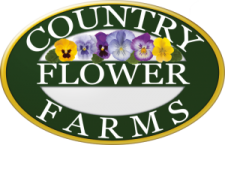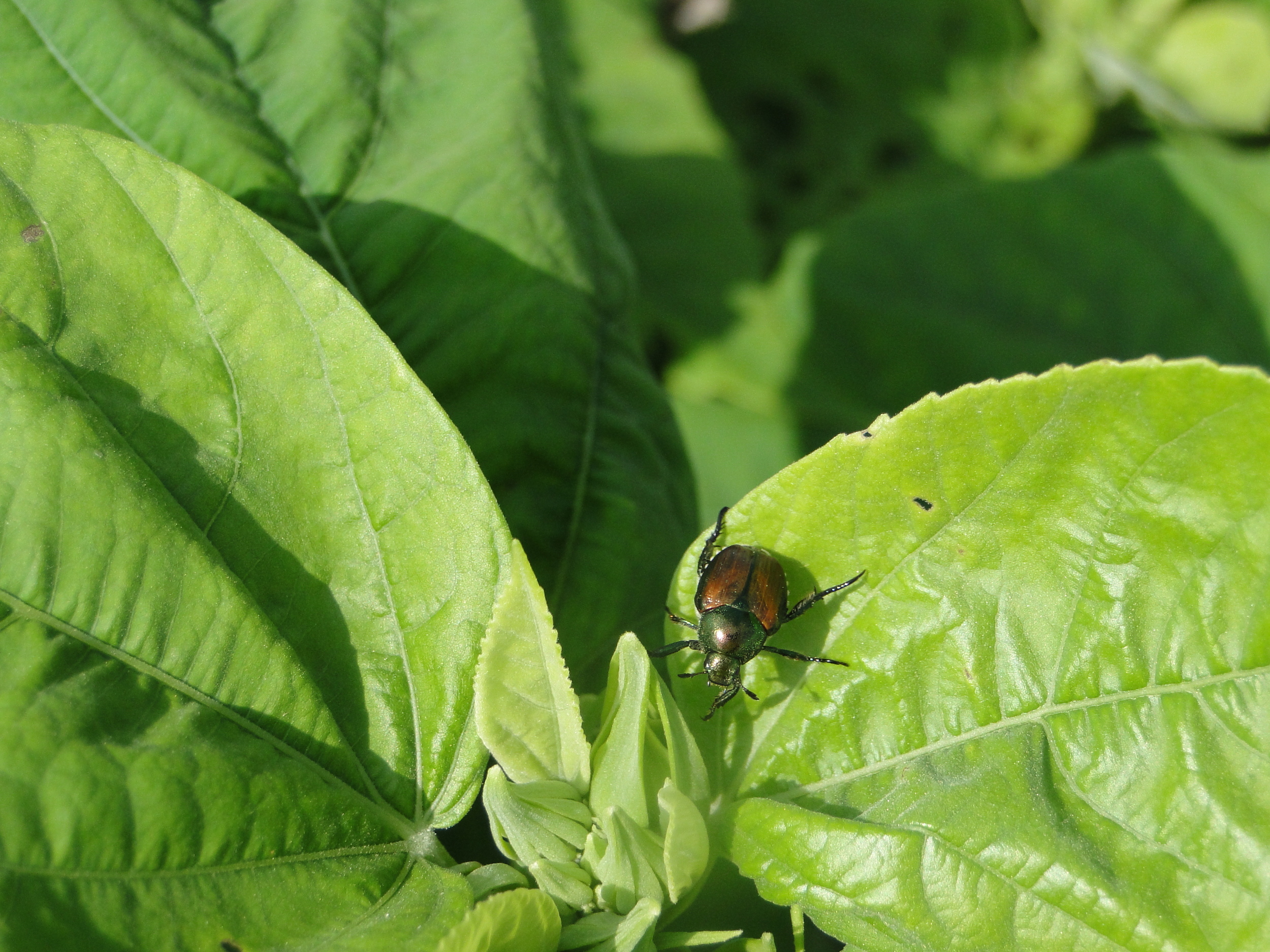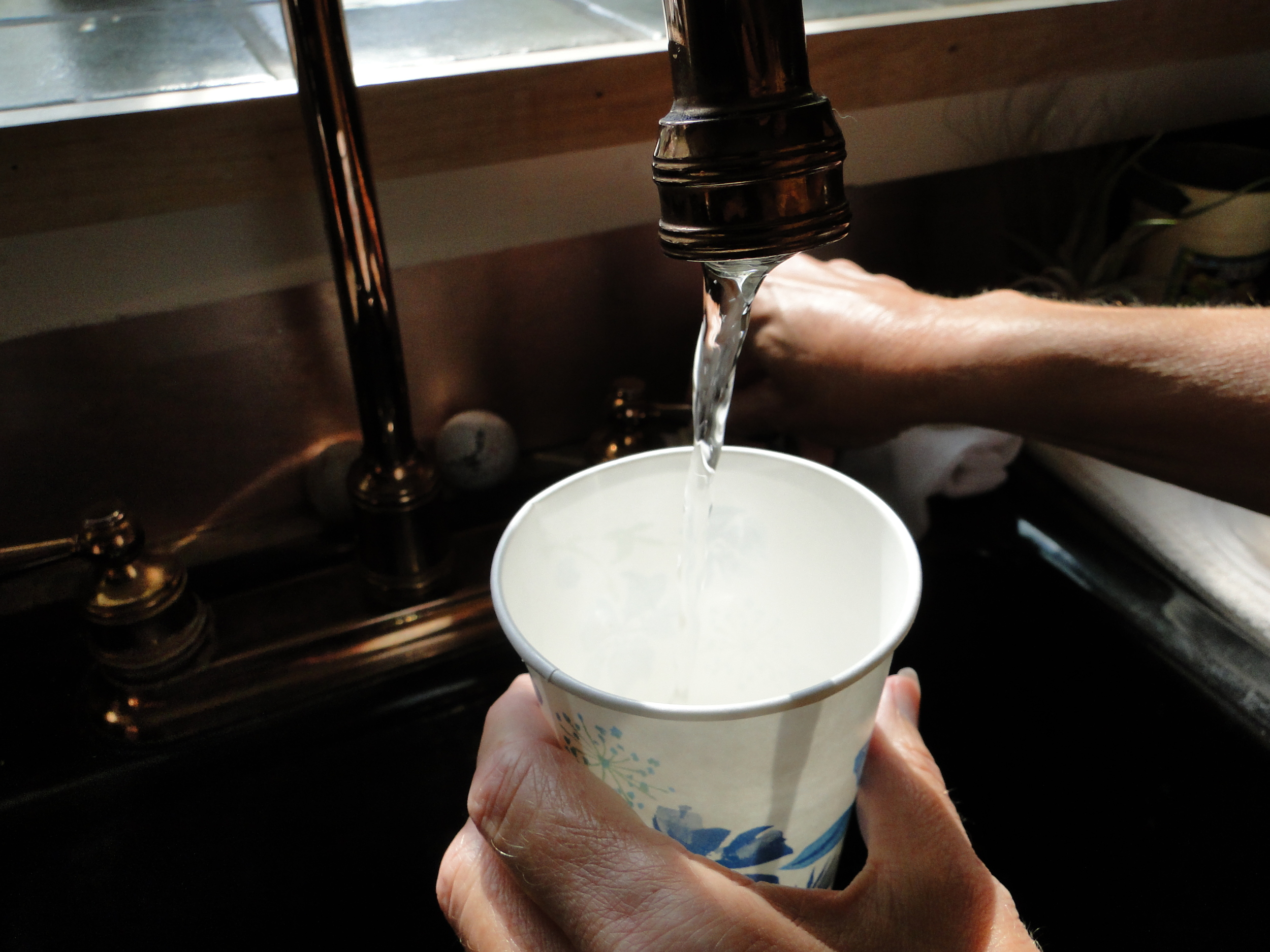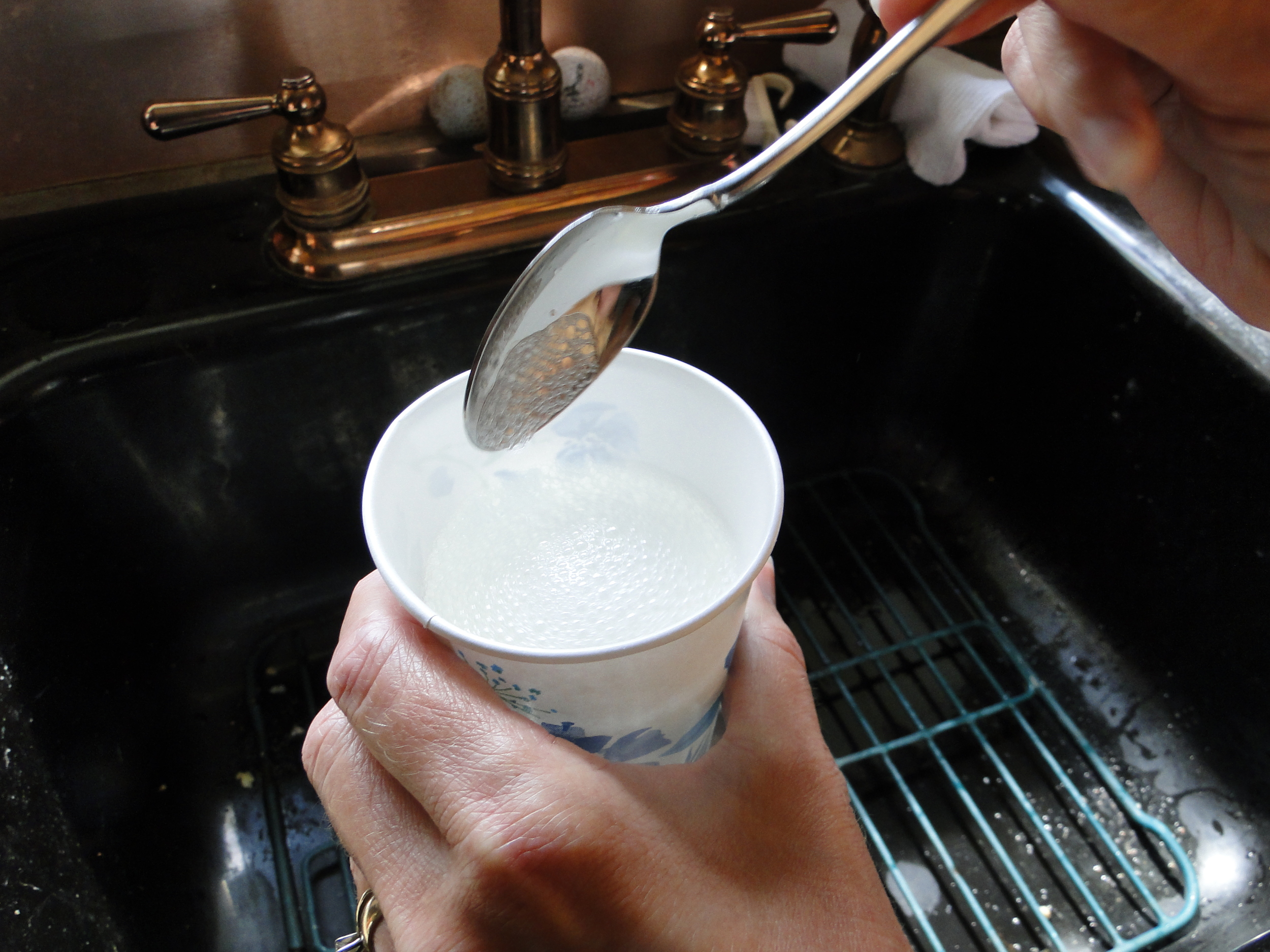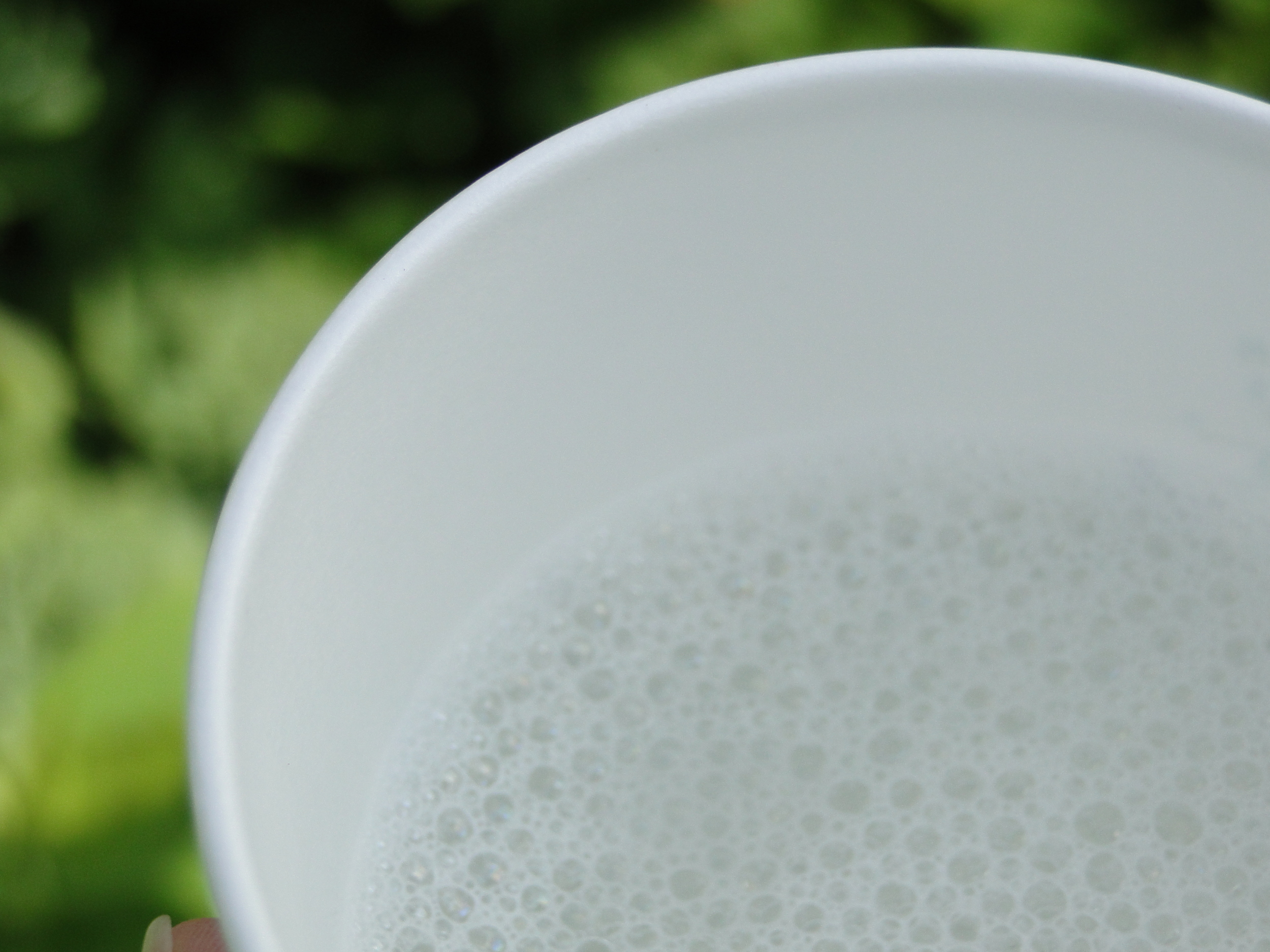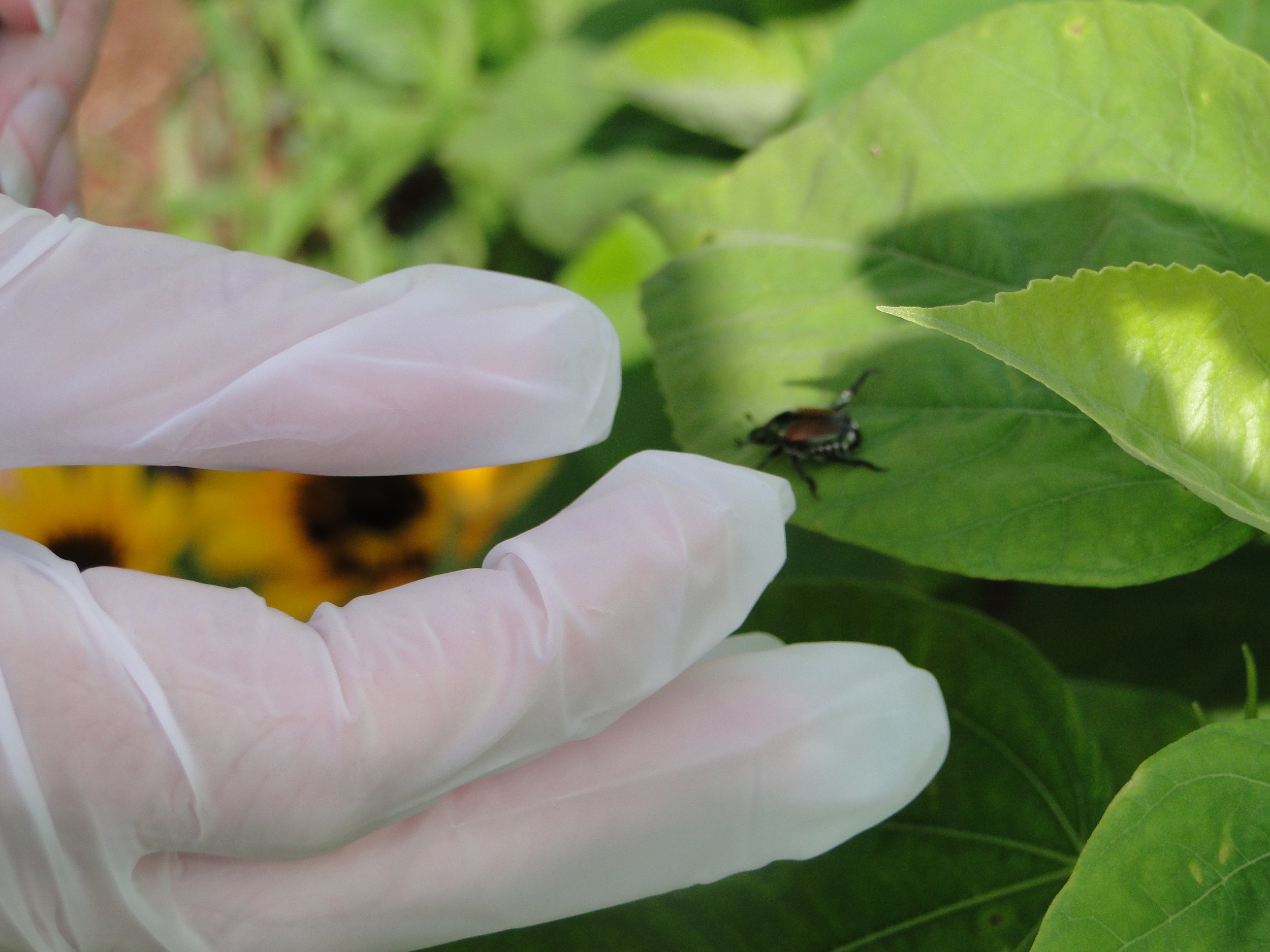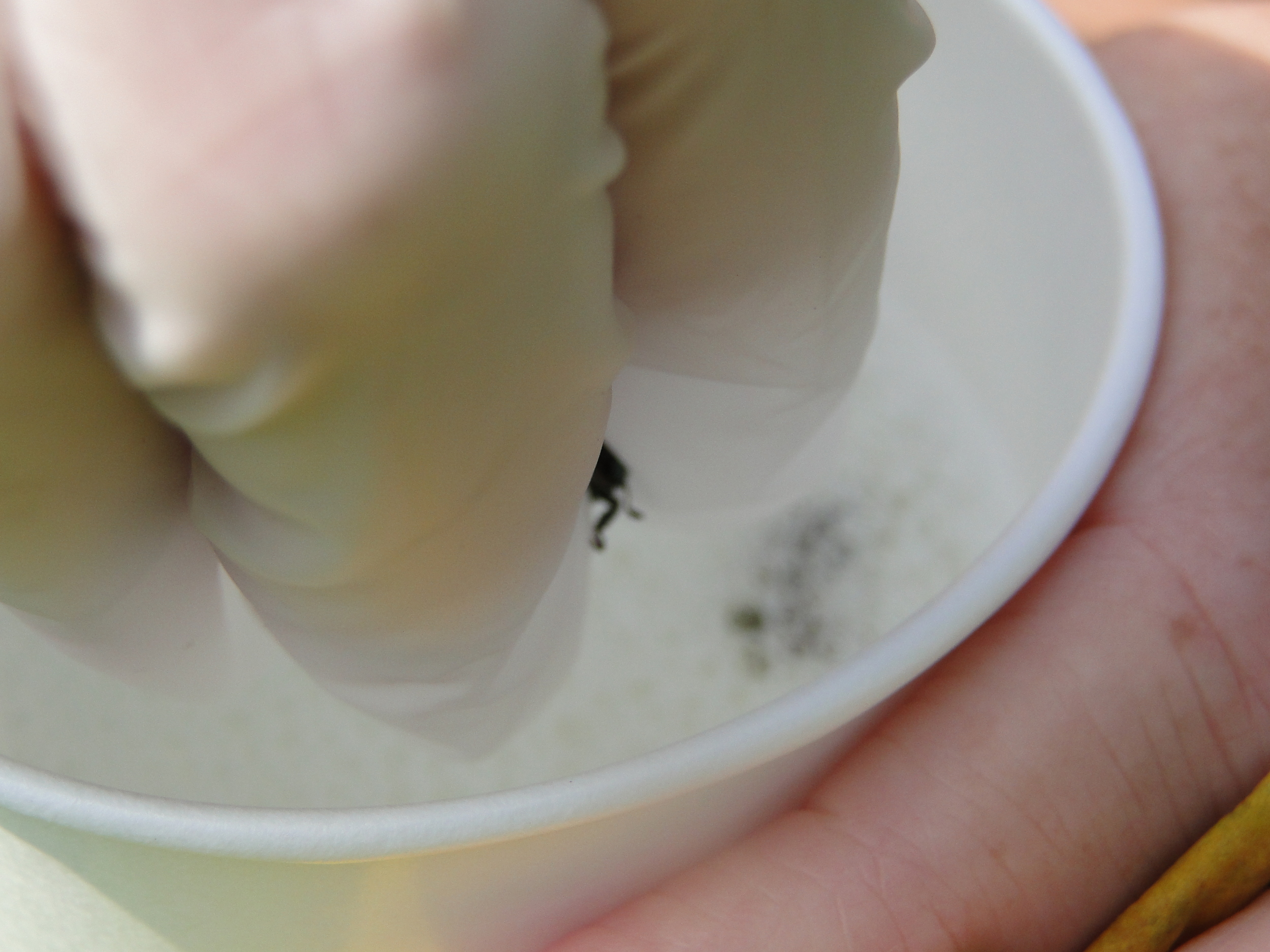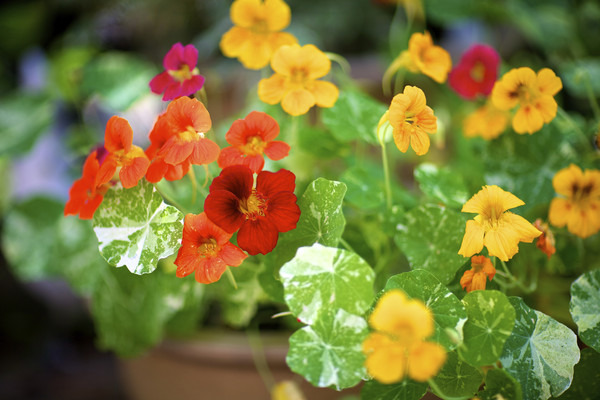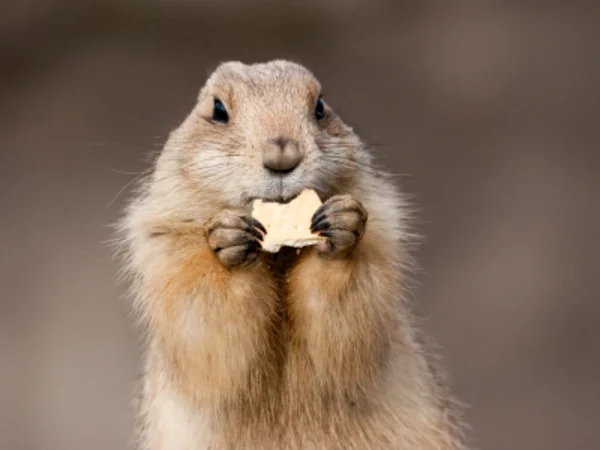We always recommend mulching your vegetable garden with straw. It helps keep the garden warmed during colder periods and reduces how often you will need to weed throughout the summer.
Here’s some great info from Lucerne Farms:
3 Reason To Mulch Your Vegetable Beds!
Your vegetable bed is the one most deserving of the mulching practice, for a whole host of reasons. But here are three that will reduce stress on your plants and help increase your bounty come fall.
Mulching with Premium Ground Cover:
- Helps your plants’ roots stay at a consistent temperature during the season which enhances growth and reduces stress. During the beginning and end of the season, mulch is going to help the soil hold its heat. But when that mid-summer heat hits, your plants will be thankful for the cooler temperatures on their roots. This will help prevent heat stress and help your plants put its energy towards producing beautiful things for your table.
Gardening Mulch for Vegetables - Allows soil to hold a more consistent moisture level. Each plant varies on their desired moisture level, but all benefit from consistency. When consistent moisture levels can be met, our garden friends are able to put more energy into growing garden goodness, instead of having to conserve energy until the next watering.
- Provides protection for some of the hardest workers in our beds. People are becoming increasingly aware of the web of microbes operating within our soil. This soil web helps make nutrients readily available to plants. The healthier this web, the more nutrients your plants receive, and the healthier and happier they are. This means… you guessed it… more energy to put towards garden goodies.
